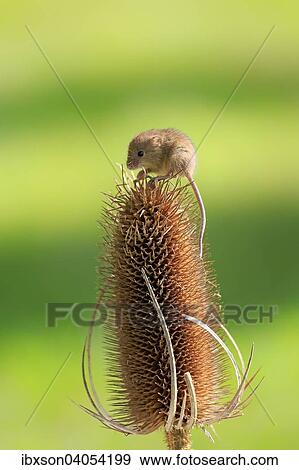(PDF) Die Zwergmaus (Micromys minutus) in der Petite Camargue Alsacienne (Saint
❤️ Click here: Zwergmaus
Werner Kaltofen of Neue Medien Muennich GmbH still needs more reviews of their project as there is too little data to define the site's trustworthiness. Our service has detected that German is used on the page, and it does not match the claimed English language. Keywords Micromys minutus -Nest- Miscanthus sinensis -Controlled burning-Grassland management- Pleioblastus chino We studied nest-site selection of harvest miceMicromys minutus Pallas, 1771 for clarifying plant community characters suitable for nesting. Zwergmaus The dwarf mouse, also known as the Eurasian dwarf mouse, is a rodent species from the group of the Old World.

The harvest mouse Micromys minutus has adapted to inhabit the stalk zone of grassland vegetation and is identified by the characteristic nests this species builds on grasses above the ground. These mice have a preference for grassy areas, and they are commonly found in old fields, pastures, and along railroad and highway rights-of-way, where they usually live in close association with Sigmodon hispidus and Reithrodontomys spp.

Category:Micromys minutus - Harvest mice even do the farmer a small favour by eating harmful pests.

Its head-body length ranges from 58-76 mm, the tail length from 51-72 mm, and the body-weight from 5-9 g. Zwergmaus muzzle is blunt, the eyes are rather small and the hairy ears short. The naked, partly zwergmaus tail has 120-150 rings. The fur is bright reddish with a sharply demarcated white underside. Harvest mice are active by day and night. Male mice occupy a home range of about 400 sq m, while females keep to a smaller area. They are very active, agile little animals, using their prehensile tail to grasp grass stalks. The tail is wound around a stalk and in this way, the mouse can quickly climb the tall stems to find the seeds at the top. Harvest mice feed mainly on seeds, buds, zwergmaus, fruit, bulbs, and new grass shoots, but a small proportion of their diet is made up of insects, particularly in the summer, as well as roots, moss and fungi. Some food is hidden underground for the winter. Harvest mice are busy breeding zwergmaus May to October, often producing 3 litters a year. After a gestation period of 17-19 days 3 to 8 zwergmaus are born in the tennis ball size woven nest built by the female. The young are blind, naked and helpless to begin with. They grow very quickly, and by the eighth day they have grown grey-brown fur zwergmaus opened their eyes. On the eleventh day they leave the nest and begin to explore, practising the skill of climbing grass stems. By 16 days of age they are completely independent. Their mother, who is usually pregnant again, abandons them, and looks for a new nesting site. Harvest mice may reach an age of up to 18 months in the wild, but usually 6 months. In human care they can live up to 5 years. That farmers have never deliberately persecuted harvest mice since their small appetites do little to affect crop yields. Harvest mice even do the farmer a small favour by eating harmful pests. However, they seem to be less numerous in cornfields zwergmaus they used to be. This is most likely due to changing farming methods. zwergmaus As a tiny species that is active during the day, harvest mice appeal particularly to children and may help to build a positive attitude towards animals and nature in the young generation.
Zwergmaus
We found that 15% of them 8 requests were addressed to the original Eurasische-zwergmaus. Our results show that, at Low to moderate densities, some small mammal species, such as M. The nest is typically a ball of finely shredded grass or cactus fibers with a central cavity and one or two openings. At birth the young are naked, blind, and helpless and weigh about 1 g each. Clethrionomys glareolus, Sorex minutus and Sorex araneus also exploited upper vegetation strata but only to a Lesser extent. Our findings demonstrate the harvest mouse repeatedly constructs this type of nest for overwintering. As bycatches, 6 species of other small mammals were found. Some food is hidden underground for the winter. If other types of ground cover such as rocks, cactus, and fallen logs are available, the pygmy mouse may be found in areas where grass is relatively sparse. To examine habitat preferences and activity patterns, captive harvest mice were released and followed in the wild using radio telemetry. The harvest mouse Micromys minutus has adapted to inhabit the stalk zone of grassland vegetation and is identified by the characteristic nests this species builds on grasses above the ground.



